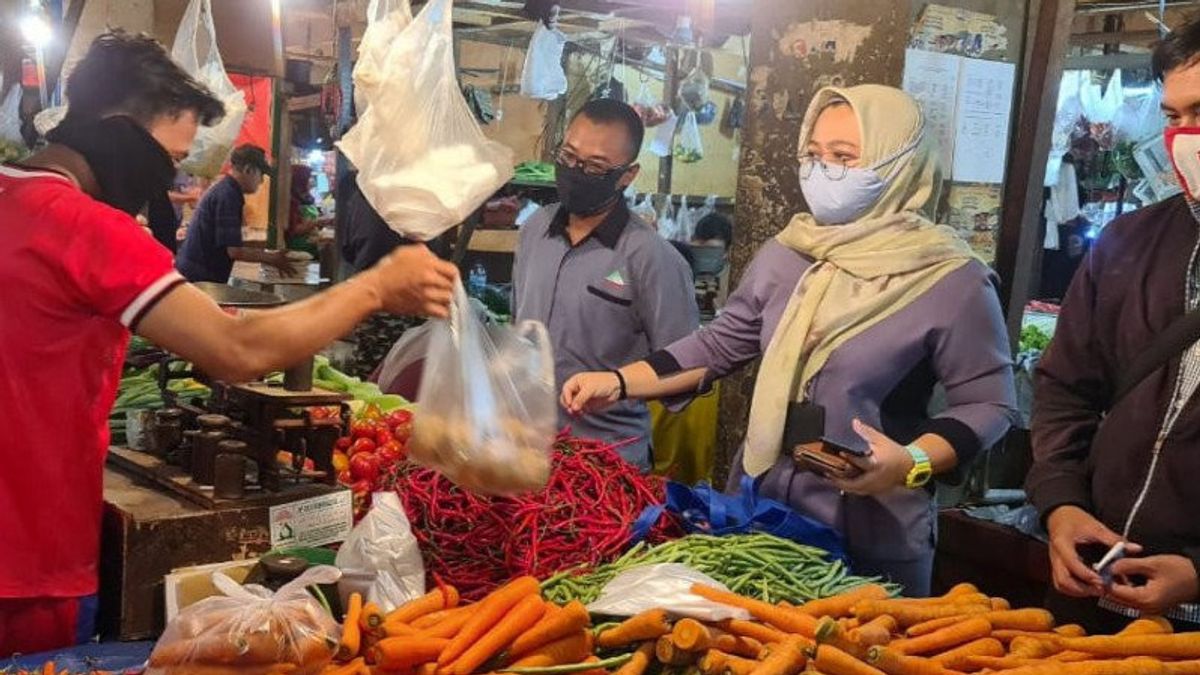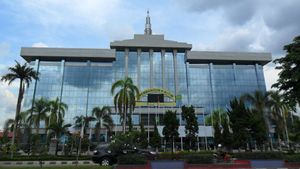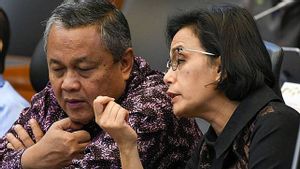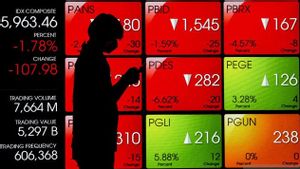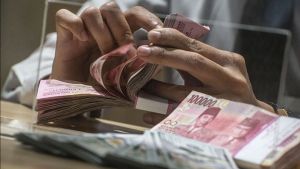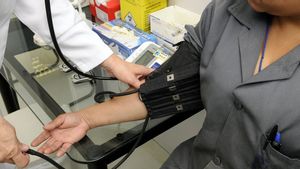JAKARTA - The University of Indonesia's Institute for Economic and Community Research (LPEM UI) said that current economic indicators show the latest developments that support better economic prospects.
This positive signal can be seen from improving domestic demand which has implications for increasing economies of scale and business confidence, as well as expanding production activities from the time the pandemic began.
“All these facts are valid and in accordance with the recovery narrative built by the current government. However, apart from that, there is no guarantee that the interesting conditions that occurred today will last,” said a report written by LPEM UI researcher Jahen F. Rezki and several of his colleagues as quoted by VOI on Friday, 28 May.
According to him, the best approach that can be taken at this time is to build a realistic attitude while still prioritizing the aspect of prudence in making decisions. The reason is, the COVID-19 pandemic as a game-changer still cannot be predicted when it will end.
"Remaining vigilant is probably the best option to get through the crisis quickly," he said.
Jahen added other factors that must be considered are the health risks of new mutations of the virus and slow progress of vaccination.
"On the other hand, economic pressure from the risk of tapering off the United States and slowing the economic activity of trading partners could add to uncertainty on the recovery agenda in the future," he said.
The report revealed that Indonesia's economic growth in the first quarter of 2021, which was minus 0.74 percent, was the highest since the pandemic hit, although it was still in the recession category.
"This means the recovery trend is on the right track," he said.
Indicators of economic improvement can be seen from the April 2021 manufacturing PMI which increased to 54.6 from 53.2 in the previous month.
SEE ALSO:
Then, the revival of economic activity is also reflected in the component of gross domestic product (GDP). First, exports in the first three months of this year on an annual basis (year-on-year/yoy) increased to 6.7 percent from the last quarter of last year which was minus 7.21 yoy.
"The surge in imports indicates an increase in domestic production activity because 90 percent of Indonesia's imports consist of raw materials and capital goods," he said.
Then, in addition to the foreign trade component, the improvement in GDP was also seen in household consumption and the investment component. Although still experiencing a contraction, household consumption and investment are approaching the positive growth area or level 0.
“This fact is quite valuable that the negative growth rate may be due to the high base effect from the first quarter of 2020 where COVID-19 has not yet fully emerged. Despite all the positive signals from the economic sector, it would be very good if all components of society, both the government and citizens, did not relax their focus on fighting the pandemic," he concluded.
The English, Chinese, Japanese, Arabic, and French versions are automatically generated by the AI. So there may still be inaccuracies in translating, please always see Indonesian as our main language. (system supported by DigitalSiber.id)
